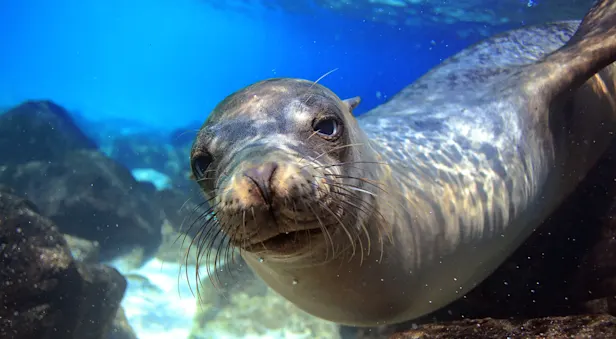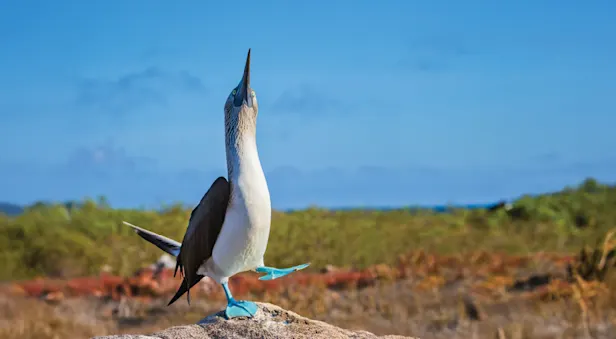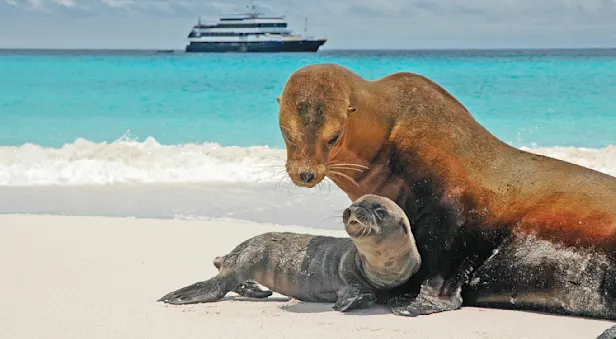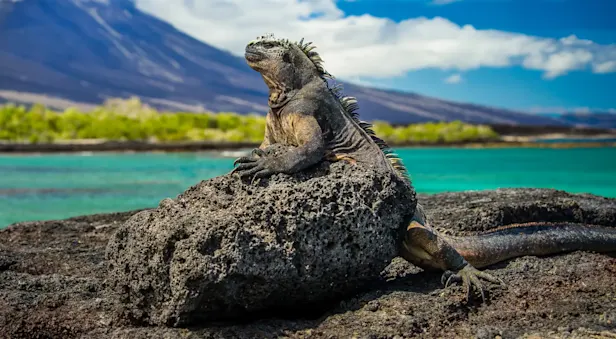There may be no nature destination on the planet as unique as the Galapagos Islands, where animals found nowhere else on Earth show no fear of humans. Our Galapagos adventures, including Photo Expeditions, immerse you in this wondrous world, more intimately and with more insight than any other Galapagos trips out there. Our groups are the smallest. Our naturalist guides are the most experienced. And our privately chartered yachts offer exceptional comfort, amenities and personal attention.
Filter Trips By:

Galapagos Discovery: The Nat Hab Experience
Small-group adventures aboard your choice of private yachts, led by our outstanding naturalist guides and photography pros. Snorkel and swim with sea lions, sea turtles and penguins on this incomparable nature odyssey.






































